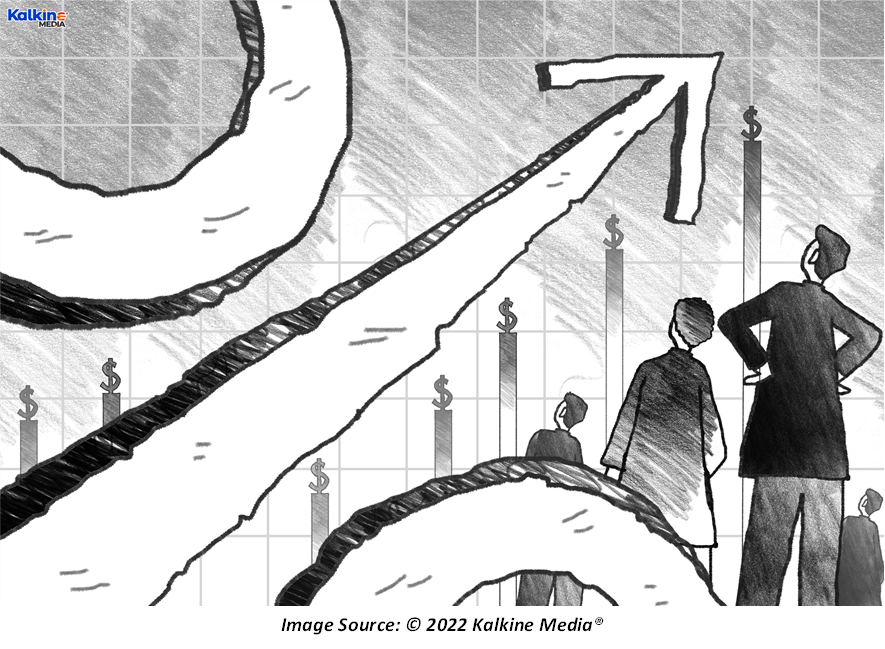Highlights
- The Reserve Bank of Australia (RBA) is slowly winding down its monetary stimulus while keeping other economic indicators in check.
- In its latest monetary policy meet, the RBA has decided to keep interest rates unchanged.
- The central bank has also decided to cease its bond buying program worth AU$350 billion.
The year 2022 seems to have started a bit differently for Aussies as the central bank withdrew its bond buying program, tightening its existing monetary policy. In fact, the Reserve Bank of Australia (RBA) is slowly inching towards a reduced monetary stimulus, providing a cushioning effect to the economy along the way.
In its latest monetary policy meeting, the RBA has decided to maintain its cash rate at 10 basis points. Besides, the central bank has maintained the view that an interest rate rise is not on the horizon even as economic data tilts towards the positive side. However, this stance by the apex bank had largely been predicted, with economists expecting it to show a change of heart by mid-2022.
Additionally, the RBA has decided to scrap off its bond-buying program in February, with the decision largely in line with market expectations.
Bond buying ends
The RBA intends to take a slow route towards stimulus withdrawal as it awaits the fulfillment of the wage growth target. However, inflation that continues to be a pressing concern globally, has been slowly clawing off the value of goods and services in the economy. Other economies have resorted to interest rate hikes to fight the ongoing price surge. However, Australia’s approach has stood out, with the central bank ruling out expectations of an interest rate hike in the near future.

The RBA’s stimulus measures have been robust since the beginning of the pandemic, with the bank shelling out AU$640 billion in total expenditures during this period. However, with improving economic conditions, the bank has decided to withdraw its AU$350 billion bond-buying program.
DO NOT MISS: ABS: Lending inches higher, retail sales take a breather in December
Change in inflation forecasts
Another move that had long been awaited by the experts was the RBA’s revision to its inflation forecast. The central bank has decided to increase its central forecast for underlying inflation to 3.25%, anticipating it to decline to 2.75% over 2023.
These forecasts are largely based on the premise that supply-side issues would be resolved by the expected time frame. However, the persisting supply-side disruptions continue to cloud the judgement of the RBA, as some amount of uncertainty prevails in the current context. Delayed shipments and weakening distribution networks have made the scenario vague.

Additionally, the economy has swung between high and low levels of consumer confidence during the weeks building up to the new year. At the beginning of December, consumer demand remained strong. Nevertheless, the market data showed a sharp decline in consumer confidence in January as the Omicron variant spreads. Thus, looming virus concerns continue to spark uncertainty on both demand and supply sides.
ALSO READ: Why did CDC & European Council impose travel restrictions on Australians?



